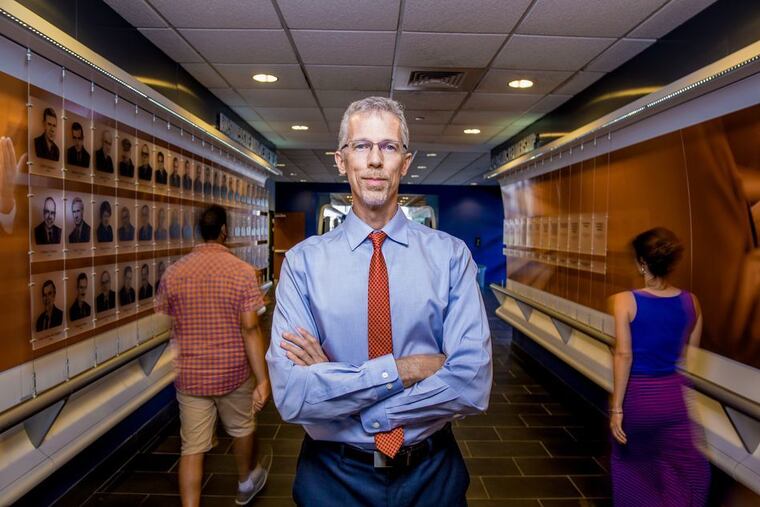Drexel prof: Want to be part of a long-overdue adventure? Hire people with intellectual and developmental disabilities
Hiring "neurodivergent" employees can make firms more effective and competitive on multiple fronts: overall employee morale, customer relations, cause-related brand enhancement and reduced employee turnover.

Contribution. Purpose. Financial security. Enjoyment. Learning and growing. Fellowship and camaraderie. A sense of belonging. Pride in a job well done.
These are common motivations for wanting to work and build a career. People with intellectual and developmental disabilities (I/DD) have dreams to pursue and contributions to make to the world. And they are motivated to work for all the reasons that neurotypical people are motivated to work.
Fostering employment and career opportunities for people with intellectual or developmental disabilities is not about charity — it’s about unleashing human potential. It’s about creating dynamic workplaces where neurodiversity is an asset that is recognized, fostered, and put to use for the good of the firm, for the good of all employees, and for the good of customers and society.
Why bother? Because it can make firms more effective and competitive on multiple fronts: overall employee morale, customer relations, cause-related brand enhancement, reduced employee turnover (workers with disabilities have lower rates of turnover). And supervisors who go through our trainings on managing workers with autism consistently report that it makes them more effective supervisors with all their team members.
I launched the National Autism Data Center in 2014 to analyze and publish national statistics about the kinds of help neurodivergent people need and how life turns out for them in domains like health, education, and employment. The national numbers are not good. Most young people on the autism spectrum are disconnected from opportunities for postsecondary education and employment in their first several years after finishing high school. Their talents and potential for contribution are untapped or under-tapped.
So in 2015 I launched the Transition Pathways initiative to change that equation. Our growing collection of programs emphasize cross-sector partnerships and delivering value for employers and the community. Thus far, we have created internships, summer jobs programs, trainings of supervisors at large employers, and programs to train young people how to use public transportation to get to work.
The strongest predictor of whether someone gets a solid job after high school is whether they had any meaningful employment experience during high school. So we focused our initial efforts on creating internships and summer employment for high school students.
» READ MORE: Philadelphia companies are changing lives by hiring employees with disabilities
These programs have been immensely successful in helping students learn essential “soft skills” to interact effectively with coworkers and to excel in areas of personal organization, time management, interviewing, and job hunting. Thus far, 100% of participants who complete our programs go on to integrated employment at a competitive wage rate.
But we can do better. Our next phase of developing Transition Pathways will focus on helping large employers develop the capacity and policies to successfully hire and retain neurodivergent employees whose talents will enrich their workplaces, benefit their company’s bottom line and deliver value to the customers and communities they serve. We invite employers to partner with us on this exciting, important and long-overdue adventure.
To learn more, contact Dianne Malley at dmm529@drexel.edu or 215-571-3635.
Paul Shattuck, Ph.D., leads the Life Course Outcomes Research Program at the A.J. Drexel Autism Institute.